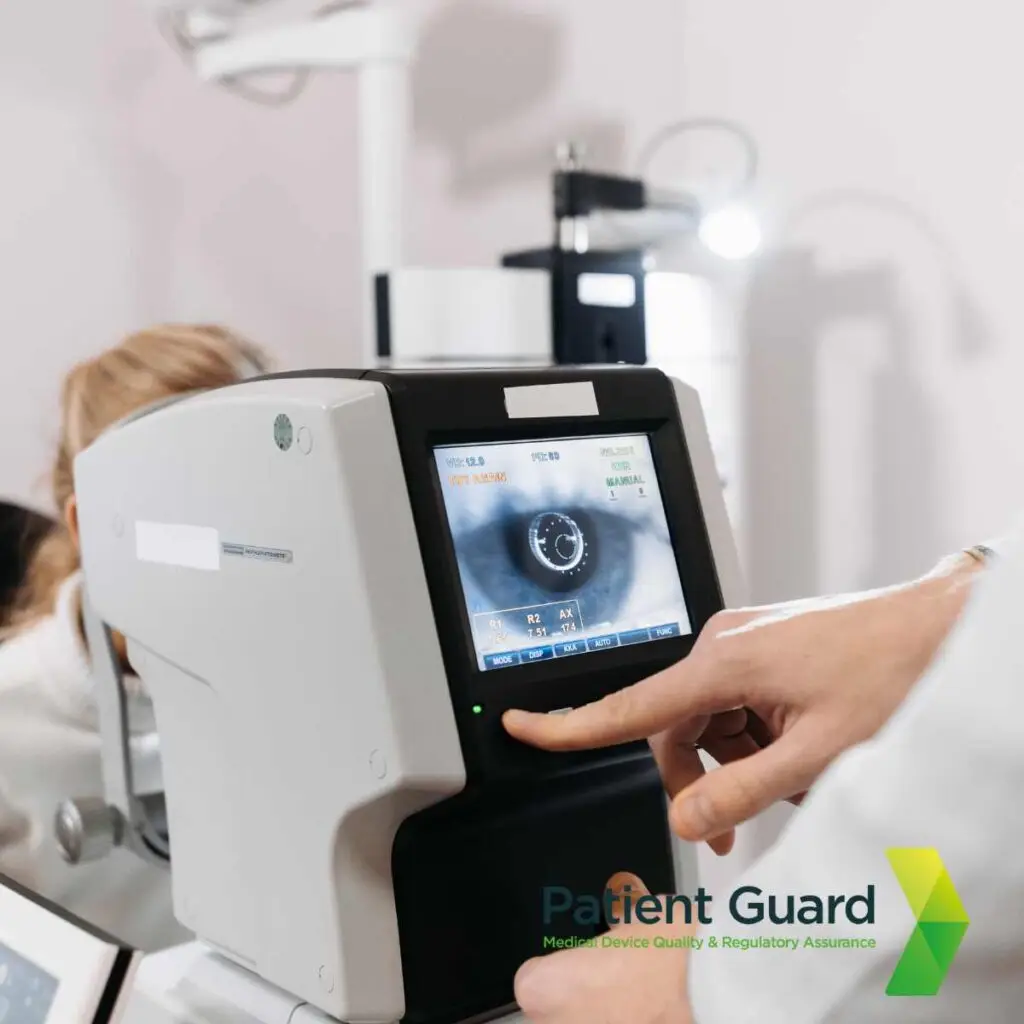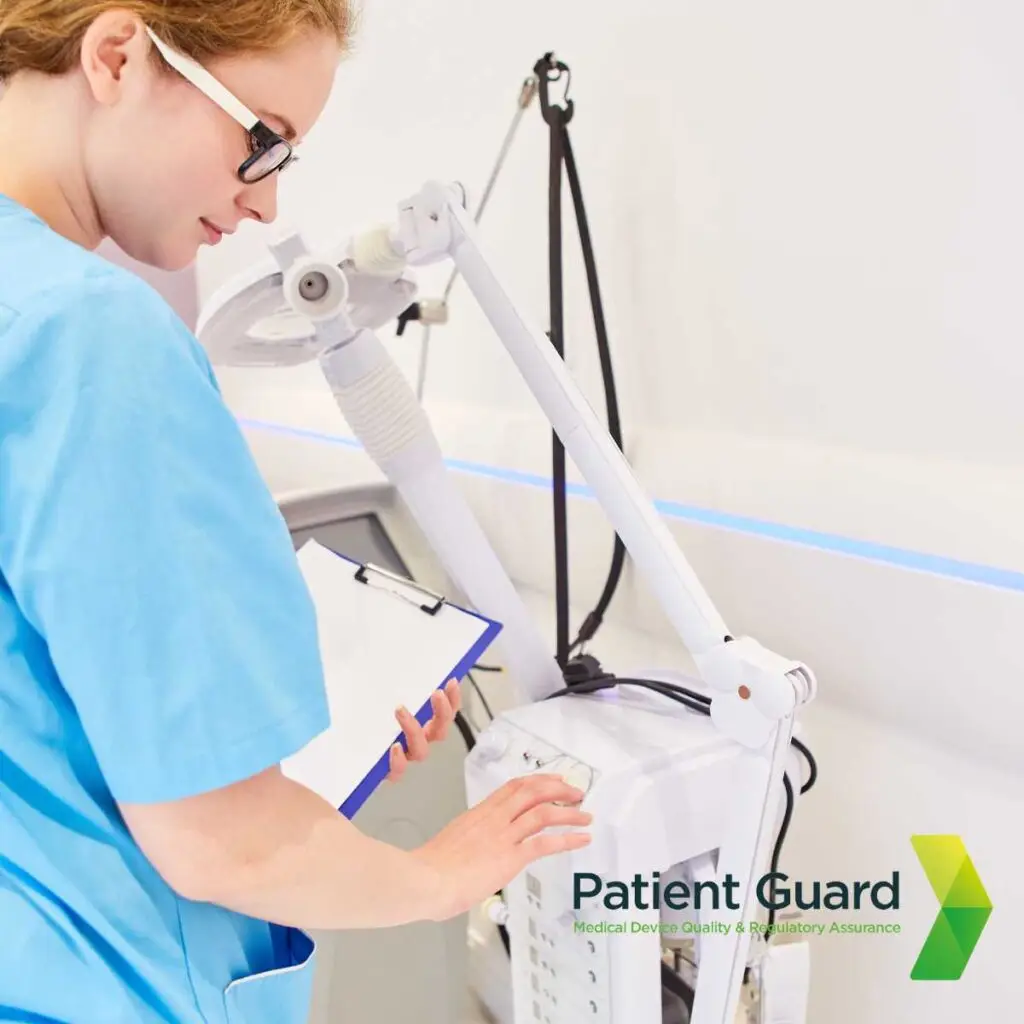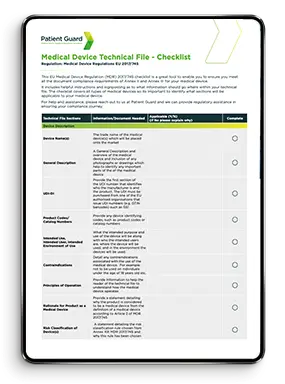ISO 27001 Internal Audits
companies operating in regulated sectors such as medical devices, healthcare, and life sciences, protecting sensitive information—whether patient data, design documents, or clinical trial results—is not only critical for business continuity but also required under stringent regulatory obligations. This is where ISO/IEC 27001, the international standard for Information Security Management Systems (ISMS), comes into play.
ISO 27001 Internal Audits Read More »












